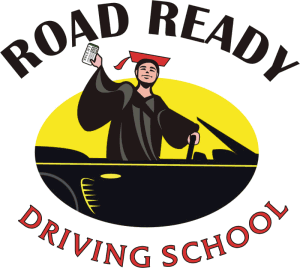 English
English

|

|
 |
||||||||
|
||||||||||
|
|
||||||||||
|
Teen Driving Lessons | Adult Driving Information for Parents Sample Written Driving Tests | Home Links | Copyrights | Learning to drive is an important part of everyone's life. Those who learn to drive well, by mastering the basics of driving an automobile will enjoy a lifetime of safe, worry-free travel. Those who never receive the proper driver's training will always be at risk. Why spend a lifetime of tickets, accidents and high insurance premiums when you can gain a firm, working understanding of driving? Call our driving instructors today and learn to drive now! |
||||||||||